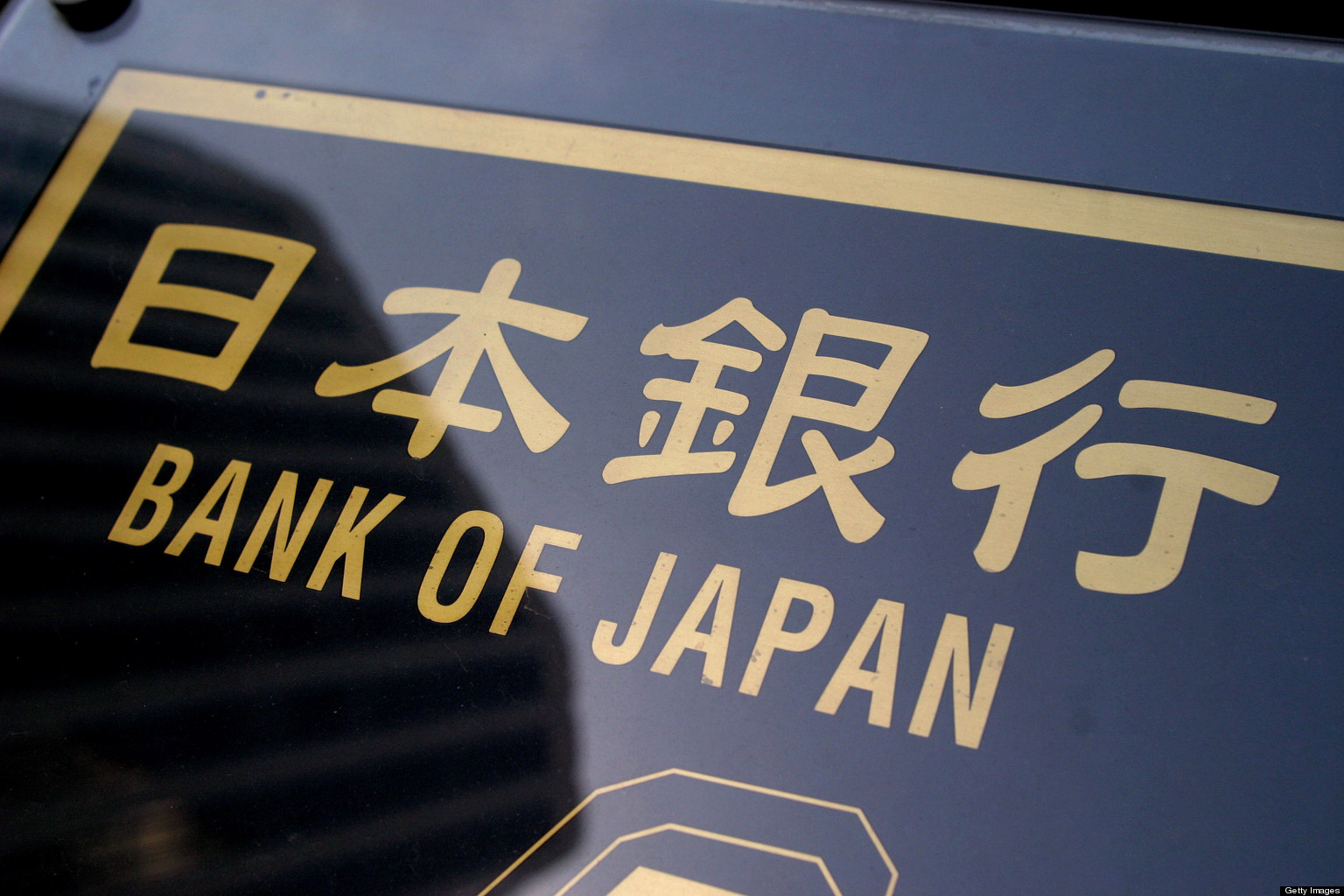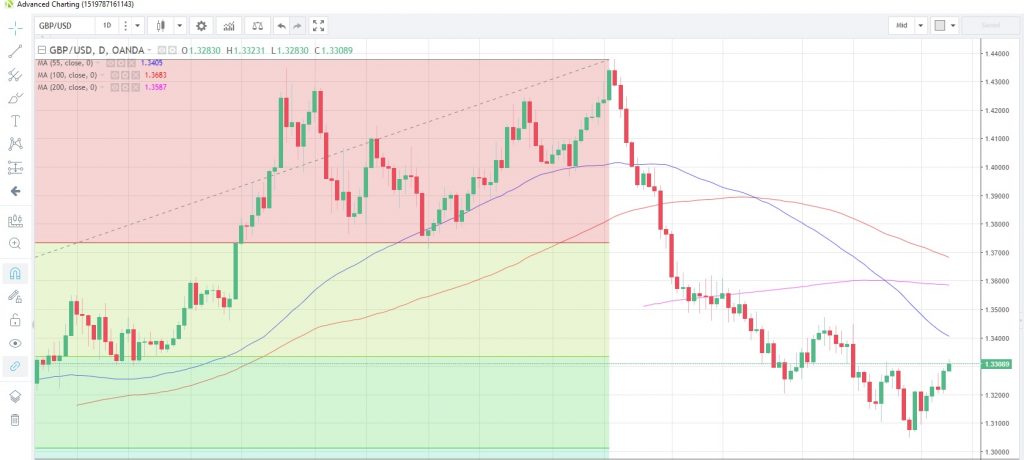
BOJ to adjust policy to achieve price target
In a speech today, BOJ governor Haruhiko Kuroda vowed to continue to expand the monetary base to maintain the economy’s momentum in order to achieve the BOJ’s price target. He reiterated that the central bank would make necessary policy adjustments to reach that goal.
On the economy, he commented that it is expanding moderately and is expected to do so in the near term. Note: latest GDP data showed the economy contracted by 0.2% in the first quarter of 2018 compared with the last quarter of 2017. So I guess we just look through that Q1 data. USD/JPY basically ignored his comments, sticking to a tight range this morning and sliding a mere 0.03% to 110.435.
Sentiment stays mildly positive in Asia
Asian equity markets took comfort in the higher close on Wall St on Friday and posted modest gains. Robust US non-farm payrolls in June remained that catalyst, while the higher unemployment rate could be explained away by the jump in the participation rate to 62.9% from 62.7%. There was enough ammunition for USD bears in the average earnings numbers, which rose 0.2% m/m rather than the 0.3% expected. This lack of apparent wage pressures saw US yields edge lower, with the US dollar following suit. The Japan225 CFD rose 0.95%, and China50 jumped 2.18%.
For the USD, it’s all about this week’s CPI
GBP’s rise dented by Brexit headlines
News that the UK’s Brexit secretary David Davis had resigned caused a pause on GBP/USD’s rally through 1.33 this morning. Davis cited numerous disagreements over the past year with PM May in his resignation letter, and was of the opinion that the general direction of May’s policy will leave the UK in a weak negotiating position, at best. Later in the session Steve Baker, a minister in the Brexit department followed his boss’s actions. GBP/USD is currently up 0.19% on the day at 1.33084 after touching 1.33231 briefly earlier.
GBP/USD Daily Chart
Trade war battle has commenced, investors ignore casualties
The first salvo of the US-China trade wars came and went, with both parties announcing like-for-like tariffs. Wall St pushed any implications to the back burner, instead preferring to focus on the jobs data. The next confrontation will likely to be the review on a further $16 billion worth of Chinese goods with no doubt China responding accordingly.
Could the next RBA move be a cut?
In a somewhat contrarian view, a research note from NAB has suggested that higher bank funding costs and tighter credit conditions could mean that the RBA’s next move is a rate cut. They acknowledged that the barrier for a rate cut is quite high, but suggested investors should at least consider some probability that a cut could happen.
In a similar view, a note from Citibank also commented that there is a rising risk that the RBA could remove its guidance for the next rate move to be a hike, citing the global trade situation. Again, it acknowledged that the bar for such a shift is high, and would require the RBA to adjust its growth and inflation forecasts first. Markets are currently pricing in a 25bps rate hike by mid-2019.
Second-tier data
Today’s economic calendar is less than inspiring, with German trade data for May the expected highlight. We also hear central bank speakers in the form of BOE’s Broadbent and the Fed’s Kashkari.
You can see today’s full data calendar at https://www.marketpulse.com/economic-events/



